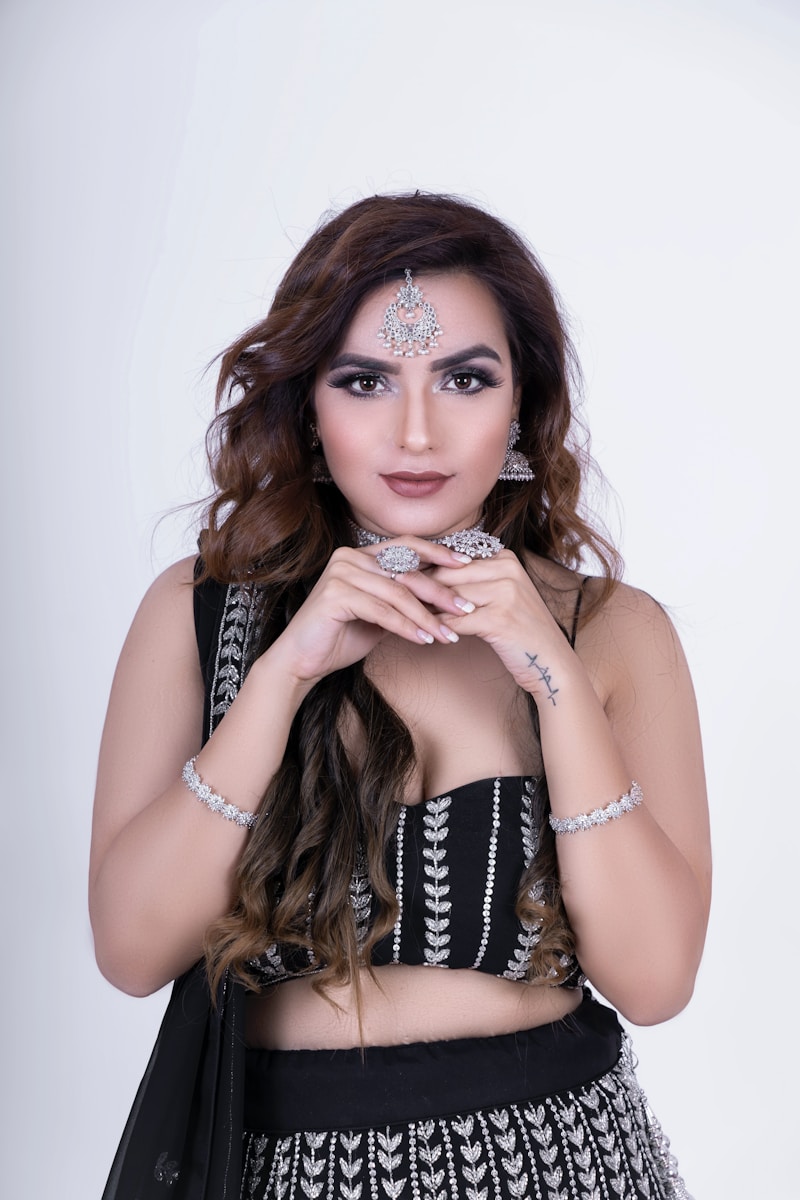The Evolution of Classic Wedding Dresses Over Time
Wedding dresses have long been a symbol of love and commitment, cherished by brides around the world. The evolution of classic wedding dresses over time highlights not only changing fashion trends but also societal values and cultural influences. This article will delve into the historical transformations of wedding dresses, examining their significance across different eras and cultures.
A Historical Overview of Wedding Dresses
Initially, wedding dresses were not exclusively white; brides wore their best dresses regardless of color. However, the notion of a "white wedding" gained prominence after Queen Victoria wore a white gown for her marriage to Prince Albert in 1840. This pivotal moment set the stage for modern wedding attire, and the classic white wedding dress became a standard in Western cultures.
The Victorian Era: A Shift in Wedding Dress Style
The Victorian era marked a significant transition in bridal fashion. The 19th century introduced luxurious fabrics and elaborate embroidery, reflecting the opulence of the time. Brides often wore dresses adorned with lace and jewels, symbolizing their family's wealth and status. The Victorian wedding dress's silhouette featured a voluminous skirt supported by crinolines, cinched waists, and long sleeves that added to the gown's elegance.
| Era | Key Features of Wedding Dresses |
| Victorian | Lace, crinolines, long sleeves, opulent fabrics |
| 20th Century | Streamlined silhouettes, less ornamentation, focus on fabric quality |
| Modern Era | Diverse styles, inclusive designs, emphasis on personalization |
The 20th Century: A Decade of Transformation
As we moved into the 20th century, wedding dresses began to reflect the social changes of the time. The flapper style influenced brides in the 1920s, leading to shorter hemlines and less structured gowns. The introduction of new fabrics and techniques allowed for more creative designs, shifting away from heavy embroidery to simpler silhouettes that focused on the beauty of the fabric itself.
The post-World War II era brought about a revival of classic styles. Designers like Christian Dior popularized the "New Look," featuring full skirts and nipped-in waists. This style dominated bridal fashion in the 1950s, symbolizing femininity and grace. Iconic brides such as Grace Kelly and Jacqueline Kennedy showcased these elegant gowns, further solidifying the trend within popular culture.
The Influence of Cinema and Celebrity Culture
Throughout the decades, cinema and celebrity culture have played significant roles in shaping wedding dress trends. Hollywood's golden age introduced the concept of "the dream wedding," with actresses like Audrey Hepburn and Elizabeth Taylor serving as fashion icons. Their glamorous wedding gowns inspired countless brides, leading to an increase in sales for bridal boutiques and designers.

The Modern Era: Embracing Diversity and Personalization
In the 21st century, the landscape of wedding dresses has changed dramatically. Modern brides have more choices than ever before, embracing unique styles that reflect their personalities and cultural backgrounds. Inclusivity has become a hallmark of contemporary bridal fashion, recognizing and celebrating diverse traditions and body types.
Key trends include:
- Sustainable Fashion: An increasing number of brides are choosing eco-friendly materials and ethical production practices.
- Custom Designs: Personalized wedding dresses tailored to individual preferences have gained popularity.
- Cultural Influences: Brides are incorporating traditional attire and elements from their heritage into their wedding ensembles.
Bridal Trends in Different Cultures
Across cultures, the symbolism of wedding dresses varies significantly. In many Asian cultures, for instance, red is considered auspicious, leading brides to wear stunning red gowns adorned with intricate embroidery. Conversely, in Western traditions, white remains prevalent as a symbol of purity and new beginnings. This cultural significance highlights the adaptability of the wedding dress throughout history.
Frequently Asked Questions (FAQs)
As you explore the fascinating world of wedding dresses, you may have some questions. Here are some commonly asked questions:
- Why did white become the symbol of wedding dresses? The association of white wedding dresses with purity began with Queen Victoria's choice to wear white in her 1840 wedding.
- What are some popular trends in modern wedding dresses? Current trends include sustainable fashion, diverse styles, and the integration of personal and cultural elements.
- Are there any famous wedding dress designers? Yes, renowned designers like Vera Wang, Pronovias, and Hayley Paige are known for their stunning bridal collections.
Conclusion: Celebrating the Evolution of Wedding Dresses
The evolution of classic wedding dresses over time showcases not only changes in fashion but also the enduring significance of marriage in various cultures. From the opulence of the Victorian era to the personalization of modern styles, wedding dresses continue to be a pivotal element of bridal celebrations.
Whether you are planning a wedding or simply appreciate the artistry of bridal fashion, understanding the historical context of wedding dresses enriches the experience. As you embark on your journey to find the perfect dress, consider embracing contemporary trends while honoring traditions that hold personal significance.
In summary, the world of wedding dresses is evolving, but their timeless allure remains steadfast. Remember to choose a gown that resonates with your identity, reflects your values, and celebrates the love you share with your partner.